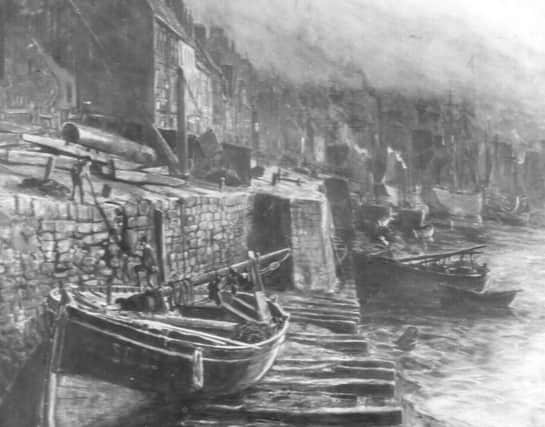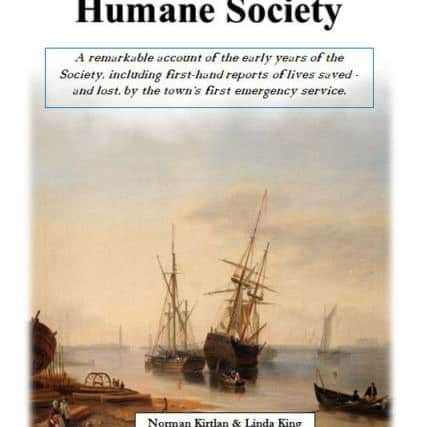Sunderland's dramatic river rescues. New book looks at the dramas of the 1700s


But today, we can share the tale once more for the first time in more than 200 years thanks to a helping hand from Sunderland Antiquarian Society.
Walter Hunter, an apprentice tailor, had just turned 18 when his rummaging on Thornhill Quay came up trumps.


Advertisement
Hide AdAdvertisement
Hide AdHe he saw half a dozen barrels of fine Geneva rum languishing against a wall, waiting for their owner to load them onto a wagon and haul them up to a warehouse on Low Street.
The enterprising thief had come prepared for such an eventuality. He pulled a hollow cane from his coat pocket, inserted it into the bung hole of one of the casks, and sucked up a mouthful of the liquid.
This was good stuff – but it was intended for later dilution to make it a little less harmful.
Within a few minutes he’d supped half a pint before he stuffed the cane back into his pocket and staggered off.


Advertisement
Hide AdAdvertisement
Hide AdHe shuffled a few yards along the quay before he vomited and fell to the stone flags, until assistance arrived some minutes later.
Dr Robert Clarke was one of the first at the scene and set about a tried and tested method to rouse someone who was insensible through drink, and very likely to die if those attentions were not ministered.
First, he prised Walter’s teeth open with a knife, held them open with a stick and a pint of milk was poured down the lad’s throat.
Other emetics were used to make the patient vomit, but the unconscious Walter was having none of it.
If he knew what was coming next he would have complied.
Advertisement
Hide AdAdvertisement
Hide AdDr Clarke called for a jug of freezing water which he splashed on Walter. The lad seemed to rally a little and before the medical gentleman could prepare his next glister for rubbing on Walter’s feet, the teenager gave a “universal spasm” before raising his hands to convince the watching crowds that he was deeply grateful for the relief he had experienced.
Dr Clarke, well pleased with his patient’s recovery, wrote up his notes and submitted them to the committee of the Sunderland Humane Society.
Once published, in 1793, Walter Hunter’s case would remain under wraps until it was rediscovered in the archives of Sunderland Antiquarian Society.
Sunderland Humane Society had been introduced following the success of a similar London Society some twenty years earlier.
Advertisement
Hide AdAdvertisement
Hide AdThe reason behind such an organisation was to recover people apparently dead from drowning and other accidental causes.
Money was awarded to anyone who helped the Society and its officers to save a life.
Receiving houses were set up at strategic points – nearly all public houses – along the banks of the River Wear.
But the London Society decided not to give out money for river rescues. They found that down and outs were pushing each other in the Thames to claim their guinea reward.
Advertisement
Hide AdAdvertisement
Hide AdOnce the Society started giving out medals instead, the practice quickly died out.
The first report of the activities of the Sunderland Humane Society, published in 1793, contains some detailed cases such as sailors falling into icy water, a woman who tried to commit suicide by jumping off the old pier – and others, equally as interesting.
Indeed the Humane Society was probably Sunderland’s first emergency service.
The original booklet is such a gem that Society members, Norman Kirtlan and Linda King, have joined forces to have it transcribed and republished.
And now that it has, it can be enjoyed by a wider audience.
The booklet, at £2.50, is available to buy from Sunderland Antiquarian Society.
The society is based 6 Douro Terrace. (usual opening hours).